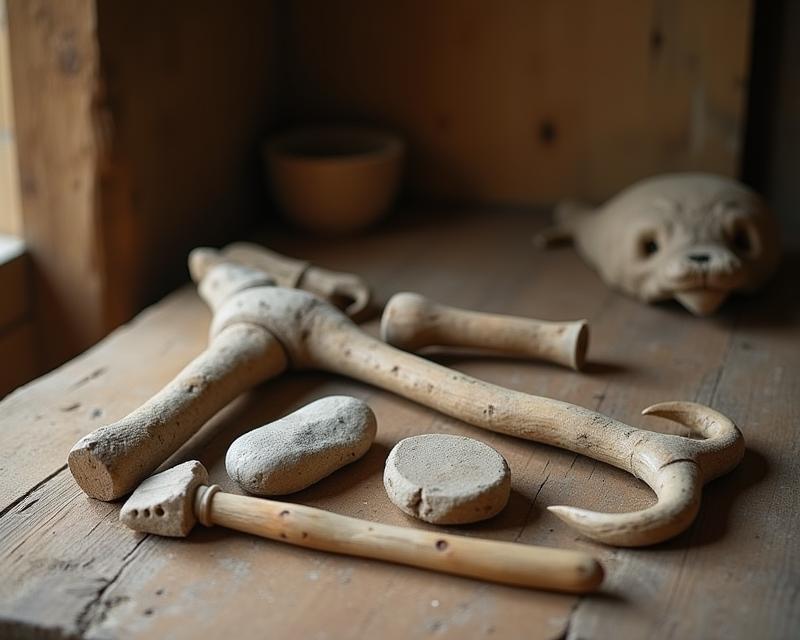Neolithic Tools: Seeds of Modern Farming
Publish in Agriculture el 05/07/2025 20:48
Neolithic Tools: Seeds of Modern Farming
Ever wonder where our farming tools came from? It's a fascinating journey back in time! The Neolithic period, roughly 10,000 to 4,500 BCE, marks a huge shift in human history – the dawn of agriculture. Before this, humans were primarily hunter-gatherers. But around this time, people started domesticating plants and animals, leading to settled communities and, of course, the need for tools to cultivate the land. Understanding these early tools gives us a real appreciation for the ingenuity of our ancestors and how far we've come.

Early Innovations: Stone Age Essentials
The Neolithic farmers relied heavily on stone tools. Think axes, adzes, and grinding stones. These weren't just randomly shaped rocks; they were carefully crafted through techniques like flaking and grinding. Axes, often made from flint or obsidian, were essential for clearing land, felling trees for building, and processing timber. Adzes, with their curved blades, were used for shaping wood into plows, boats, and other essential implements. Grinding stones, simple but vital, were used to process grains into flour – a cornerstone of the Neolithic diet. These tools were often attached to wooden handles, making them more effective and easier to control. Imagine the strength and skill required to create these tools without metal!
Beyond Stone: The Rise of Bone and Wood
While stone was the primary material, Neolithic farmers also utilized bone and wood extensively. Bone tools, like awls and needles, were crucial for sewing clothing and repairing animal hides. Awls were used to pierce leather for footwear and containers, while needles, fashioned from bone or antler, were used for stitching. Wood was used for handles, digging sticks, and even rudimentary plows. Early plows were simple affairs – essentially a wooden beam with a sharpened stone or bone blade attached to the bottom. These were pulled by animals, primarily oxen and cattle, which were gradually domesticated during this period. The development of these animal-powered tools marked a significant step forward in agricultural efficiency.
A Legacy of Innovation
The tools of the Neolithic period weren't just practical; they were a testament to human adaptability and problem-solving. They laid the foundation for the agricultural technologies we use today. While our modern farming equipment is vastly more sophisticated, the core principles – clearing land, tilling soil, planting seeds, and harvesting crops – remain the same. So, the next time you're operating your tractor or using a combine harvester, take a moment to appreciate the long and fascinating history of farming, and the ingenious tools that paved the way for our modern food systems. It's a direct line to the farmers who first tilled the earth thousands of years ago!





